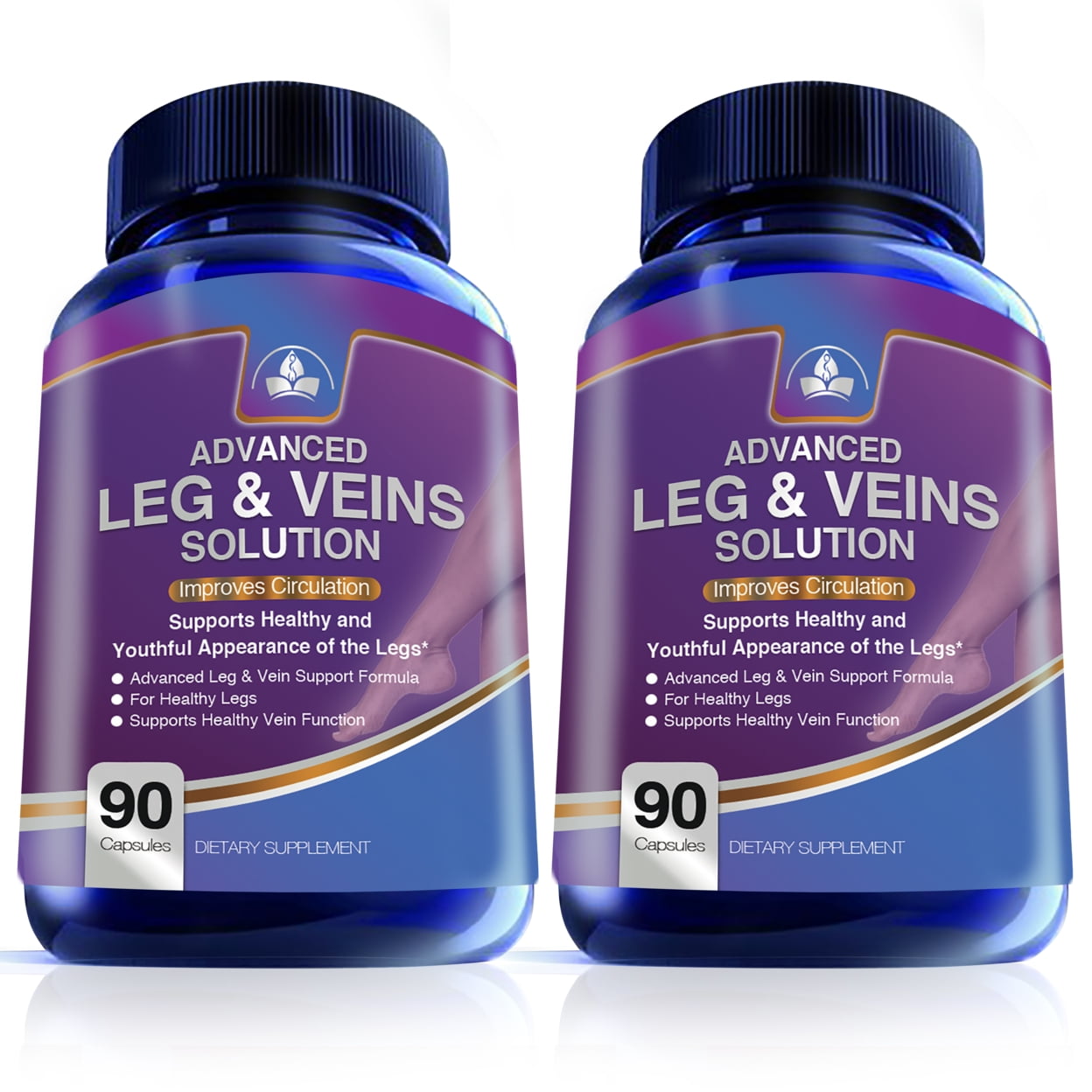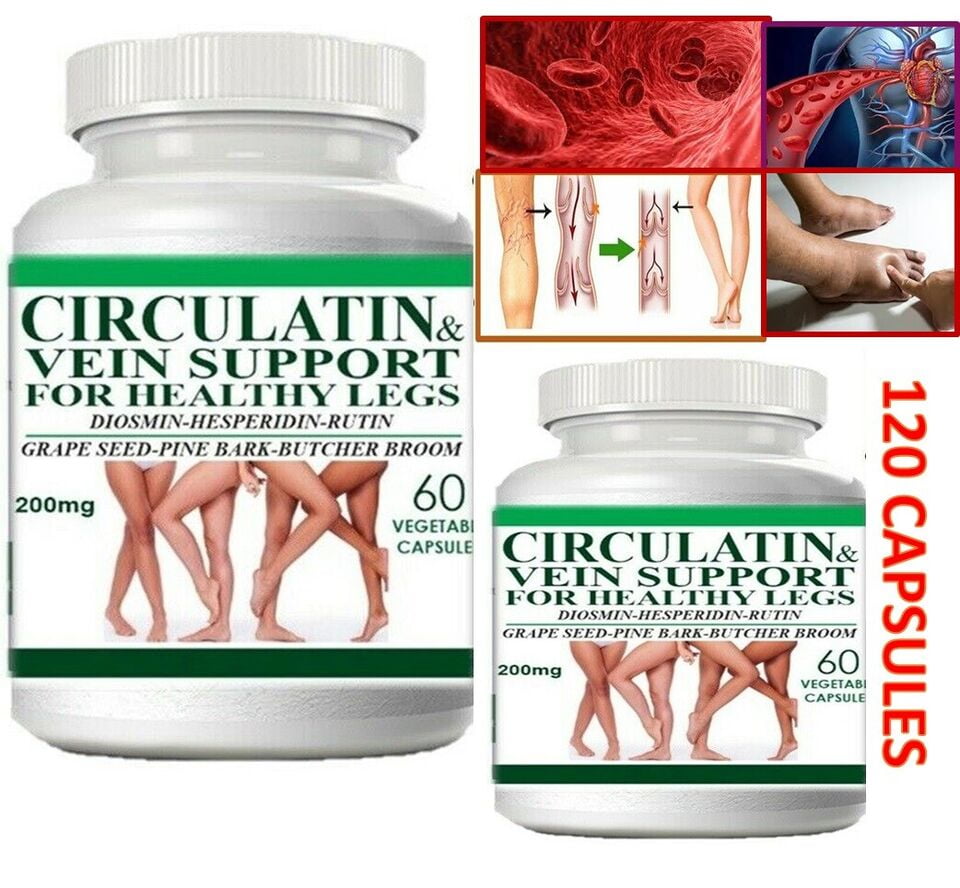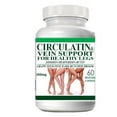Best Supplement For Circulation In Legs And Feet

Imagine the crisp autumn air nipping at your cheeks as you stroll through a vibrant park, leaves crunching underfoot. The golden sunlight filters through the trees, painting the scene in warm hues. But instead of enjoying the moment, you feel a persistent throbbing in your legs, a heavy ache in your feet, and a nagging sense of fatigue that threatens to cut your walk short.
For many, this scenario is all too familiar. This article delves into the world of supplements, exploring whether there's a natural way to improve circulation in the legs and feet, offering potential relief and renewed vitality.
Poor circulation in the legs and feet, often stemming from conditions like peripheral artery disease (PAD) or even prolonged sitting, can significantly impact quality of life. This is where the search for effective solutions begins, and many are turning to natural supplements as a potential aid.
Understanding the Circulation Challenge
Good circulation is crucial for delivering oxygen and nutrients to tissues throughout the body. When circulation is compromised, particularly in the lower extremities, it can lead to a range of uncomfortable and potentially serious symptoms.
These symptoms include pain, numbness, tingling, cramping, swelling, and even skin discoloration. In severe cases, poor circulation can contribute to ulcers and increase the risk of infection.
The Role of Supplements
Supplements are increasingly being explored for their potential to support healthy circulation. However, it's crucial to remember that supplements should complement, not replace, conventional medical treatment and lifestyle modifications like exercise and a balanced diet.
Always consult with a healthcare professional before starting any new supplement regimen, especially if you have underlying health conditions or are taking medications.
Key Supplements for Circulation Support
Several supplements have shown promise in promoting healthy circulation, but the research is ongoing and individual results may vary. It's important to approach these options with realistic expectations and a focus on overall health.
Let's explore some of the most researched and talked-about supplements for circulation in the legs and feet.
L-Arginine
L-Arginine is an amino acid that plays a crucial role in the production of nitric oxide. Nitric oxide helps to relax and widen blood vessels, improving blood flow.
Some studies suggest that L-Arginine supplementation may be beneficial for individuals with PAD. A meta-analysis published in the *Journal of the American College of Cardiology* found that L-arginine supplementation was associated with improved walking distance in people with intermittent claudication, a common symptom of PAD.
However, it's important to note that L-Arginine may interact with certain medications, such as blood thinners. Therefore, medical advice is essential before using this supplement.
Ginkgo Biloba
Ginkgo Biloba, an extract derived from the Ginkgo tree, has been used for centuries in traditional medicine. It is believed to improve blood flow by dilating blood vessels and reducing blood viscosity.
Research on Ginkgo Biloba for circulation has yielded mixed results. Some studies suggest that it may help improve walking distance in individuals with PAD, while others have found no significant benefit.
The European Medicines Agency (EMA) acknowledges Ginkgo Biloba's traditional use for the relief of symptoms of mild cognitive impairment and improvement of peripheral circulation. Further research is needed to fully understand its effectiveness.
Horse Chestnut Seed Extract
Horse Chestnut Seed Extract contains a compound called aescin, which is believed to have anti-inflammatory and venotonic properties. Venotonics help to improve the tone of veins and reduce swelling.
Some studies have found that Horse Chestnut Seed Extract can be effective in reducing the symptoms of chronic venous insufficiency, a condition that can lead to poor circulation in the legs. A Cochrane review concluded that Horse Chestnut Seed Extract may be a short-term effective treatment for chronic venous insufficiency.
It's important to choose a reputable brand of Horse Chestnut Seed Extract that is standardized to contain a consistent amount of aescin. Always adhere to dosage and ensure it's appropriate for your needs.
Omega-3 Fatty Acids
Omega-3 fatty acids, found in fish oil and flaxseed oil, have well-established benefits for cardiovascular health. They help to reduce inflammation, lower blood pressure, and improve blood vessel function.
While not directly targeting circulation in the legs and feet, the overall cardiovascular benefits of Omega-3 fatty acids can indirectly support healthy circulation. A diet rich in Omega-3 Fatty Acids can contribute to a healthier vascular system.
The American Heart Association recommends consuming fish rich in omega-3 fatty acids at least twice a week. Consider omega-3 supplements as needed, especially for individuals who don't eat fish regularly.
Vitamin E
Vitamin E is an antioxidant that may help protect blood vessels from damage caused by free radicals. It also has mild anticoagulant properties, which could help prevent blood clots.
Some studies suggest that Vitamin E may improve circulation by reducing inflammation and promoting healthy blood vessel function. However, more research is needed to confirm these benefits.
Vitamin E is found in many foods, including nuts, seeds, and vegetable oils. Supplementation should be approached cautiously, as high doses may increase the risk of bleeding.
Beyond Supplements: Holistic Approach
While supplements can play a supportive role, they are not a magic bullet for poor circulation. A holistic approach that incorporates lifestyle modifications is essential for long-term improvement.
Regular exercise, particularly walking and leg exercises, can help to improve blood flow. Maintaining a healthy weight, quitting smoking, and managing blood pressure and cholesterol levels are also crucial.
Furthermore, proper footwear and compression socks can help to support circulation in the legs and feet. Elevating your legs when resting can also reduce swelling and promote blood flow.
Making Informed Choices
Choosing the right supplement requires careful consideration and consultation with a healthcare professional. It's important to research reputable brands and look for products that have been tested for quality and purity.
Be wary of exaggerated claims and prioritize evidence-based information. Consider the potential interactions with existing medications and any underlying health conditions.
Remember, supplements are meant to *supplement* a healthy lifestyle, not replace it.
A Step Towards Better Circulation
The journey towards better circulation in your legs and feet is a multifaceted one. While the potential benefits of supplements like L-Arginine, Ginkgo Biloba, and Horse Chestnut Seed Extract are promising, they are most effective when combined with a healthy lifestyle and medical guidance.
It's about embracing a holistic approach, one that acknowledges the interconnectedness of diet, exercise, and thoughtful supplementation.
Ultimately, the goal is to reclaim those moments of simple joy – the brisk walk in the park, the evening stroll, the feeling of lightness and freedom in your step. It's within reach, one informed choice at a time.


















